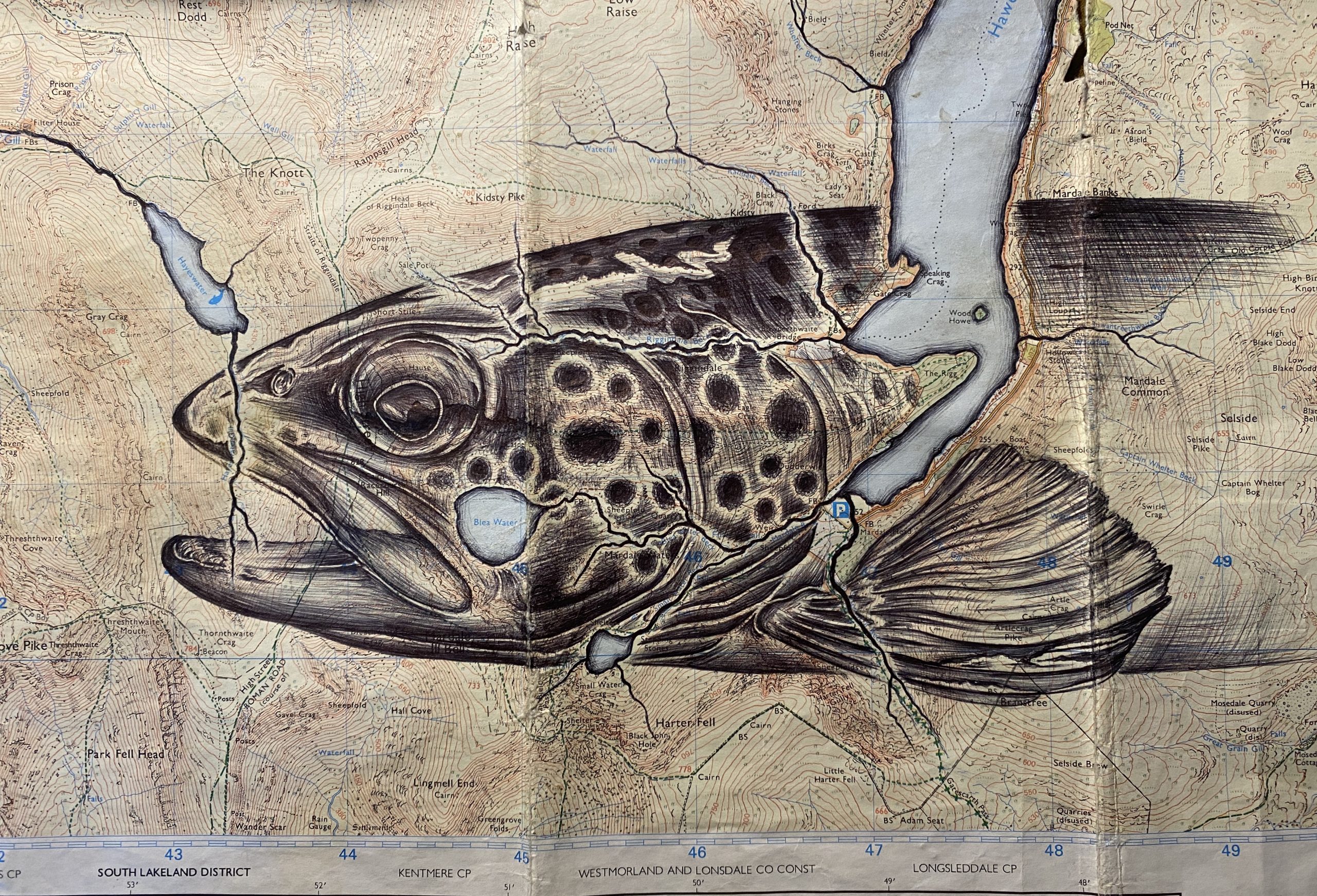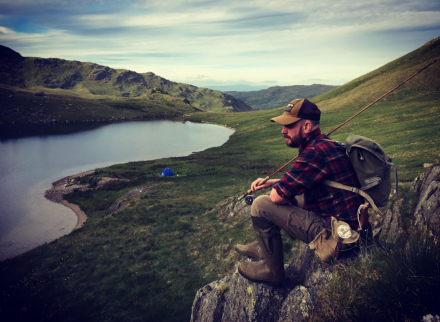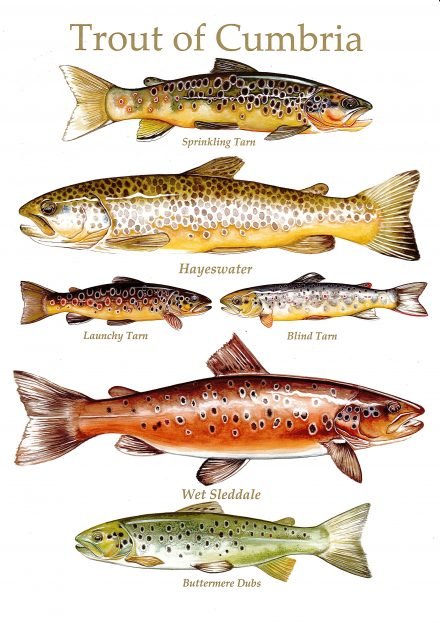Lakelovers Discount Codes – Latest June 2025 Offers!
Discover all of the latest Lakelovers discount codes, voucher codes and offers for 2025 right here! Idyllically positioned in...


Scott Winstanley
We recently ‘hooked up’ with local artist and fisherman, Scott Winstanley. He described what he loves most about fishing in Cumbria.
What do you love about fishing in Cumbria and how long have you been doing it?
I’ve had a long relationship with the Lake District, as a regular visitor from an early age, hiking with my late father, I’d look into the clear waters of a beck or a tarn and wonder if there were fish down there, but my dad had no time for fishing so it rarely happened back then. I only really started fishing here seriously about 13 years ago and it feels now like I’m doing what I always wanted to do as a boy, kind of living my childhood dreams.
For me, the landscape of Cumbria and the Lake District is the most interesting in England, I’d say it’s the closest thing we have to wilderness. It can be beautiful, quaint, mysterious, even unnerving at times, but there comes a point when just looking isn’t enough and an urge to interact with the landscape takes over. This could be fell walking, camping, wild swimming, boating or whatever, mine is fly fishing. I find solitude amongst those dramatic fells giving me a very special and spiritual experience when I pick up my rods and head to the water.
How did you start drawing and painting fish and who is your inspiration?
I was an artist before I was a fisherman so as soon as I began catching these special fish, I naturally wanted to draw them. Trout make superb subject matter – like most things in nature their design is aesthetically perfect; their form, their proportions, the spacing of their fins. Then there are the markings; the colours, spots and patterns, and the shapes and reflections that form in the light that catches a wet fish out of water, all these things lend themselves to imitation in paint or pencil.
My biggest influence is an American artist and angler called James Prosek. James’ work gave me an idea for a smaller, more local project focusing on Cumbria. I had noticed great variety in the markings and colours of the trout that I was catching in the Lake District and wanted to record a few of the most diverse examples, resulting in a poster called Trout of Cumbria. The poster features six trout that are presented in a style that gives a nod to those vintage field guides and Victorian teaching aids.
Your artwork is really detailed, is it just a natural eye you had for them?
I think that a lot of good fly anglers are naturally quite observant, we tend to have an acute awareness of our surroundings when we’re on the water, essential if we’re going to be successful and fully immerse ourselves in the angling experience. These are qualities that are transferable when it comes to creating detailed drawings so, being observant and paying attention to detail is certainly something that comes naturally to me.
 Do you ever paint commissions?
Do you ever paint commissions?
I often get asked to paint portraits of an angler’s memorable catch, usually in watercolour, which I really enjoy, trying to replicate the colours and spot formations and producing something as close to the living fish as I can.
Lately, I’ve started creating pen drawings over OS Maps which have generated some interest, mainly from anglers that want an illustration over an area of map that means something to them. This allows the details of the map, the rivers, place names and contours, to intermingle with the image, making the drawing look more at home on the background, like it’s meant to be there.
Can you share your top 3 favourite places to fish in the Lakes?
We anglers are notoriously secretive about our fishing spots, and when I first starting fishing in the Lake District it was a real voyage of discovery, hours spent poring over OS maps looking for potential waters, then venturing out not knowing what to expect; quite special times.
Haweswater is a firm favourite. I love the shoreline, it has mystery and is ever-changing- sometimes there are bays, rocky beaches and peninsulas, then I can go back another day and they’ll be gone or will have changed shape. Also, unlike a lot of other lakes (Buttermere for instance), the hikers’ trail doesn’t run close to the shore, so, even though the car park can be packed and the fells well-populated, when you’re fishing at the water’s edge, there’s a real sense of solitude.
I also like Crummock Water. This is a place where I enjoy paddling my Canadian canoe in search of ‘ferox’ trout. These are big, fish-eating trout, they’re quite rare and for me, they’re the ultimate freshwater fish. In terms of running water, in addition to any number of high, fell side becks, I like the rivers of the Eden system; the Eamont, Lyvennet, Lowther, Irthing, Gelt. All quite different with characters of their own. The Gelt is probably the prettiest river I’ve ever fished, the stretch running through the ancient Gelt Woods, where the Romans left their mark in the sandstone, is really breathtaking.
What advice would you give to someone who fancied starting out fishing?
To remember that the mark of a good angler isn’t the ability to catch fish but the ability to enjoy yourself without catching fish. Quite philosophical I know but there’s a lot of truth in that statement.
For me, the fly-fishing journey of discovery is important and something to be cherished. I didn’t take lessons, I’m totally self-taught and I believe I’m a better angler for it and I’ve had a richer experience. Those early years when I was working things out for myself were the best and I’m a little sad that the days of being a novice are gone and are never coming back.
I’d say work things out for yourself, take the time to observe, to learn from your mistakes, formulate your own ideas and your own truths and then, when everything eventually comes together, you’ll have an infinitely more rewarding experience.
If you’re inspired by Scott’s tales of adventure and would like to order one of Scott’s Posters, you can do that at his Instagram page, that_other_place.